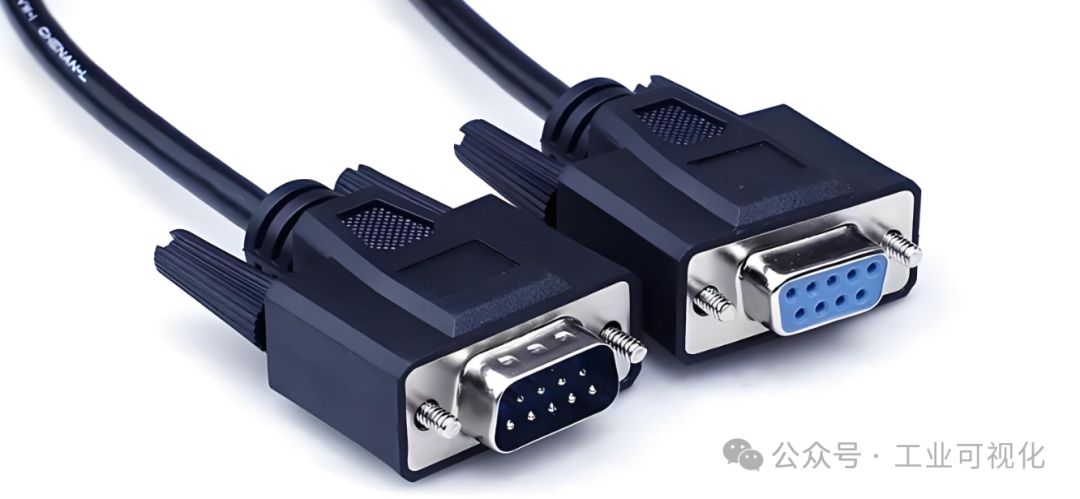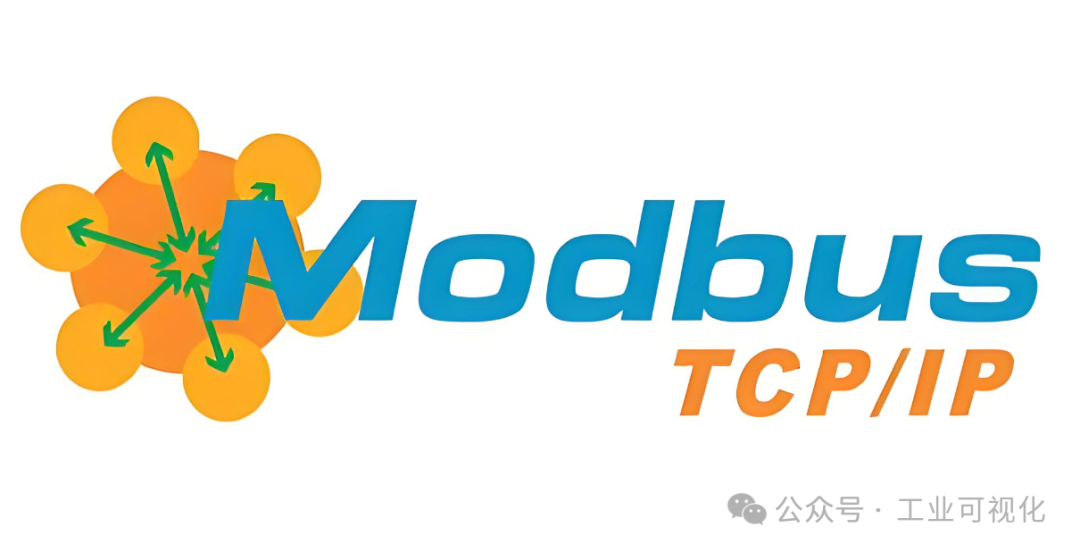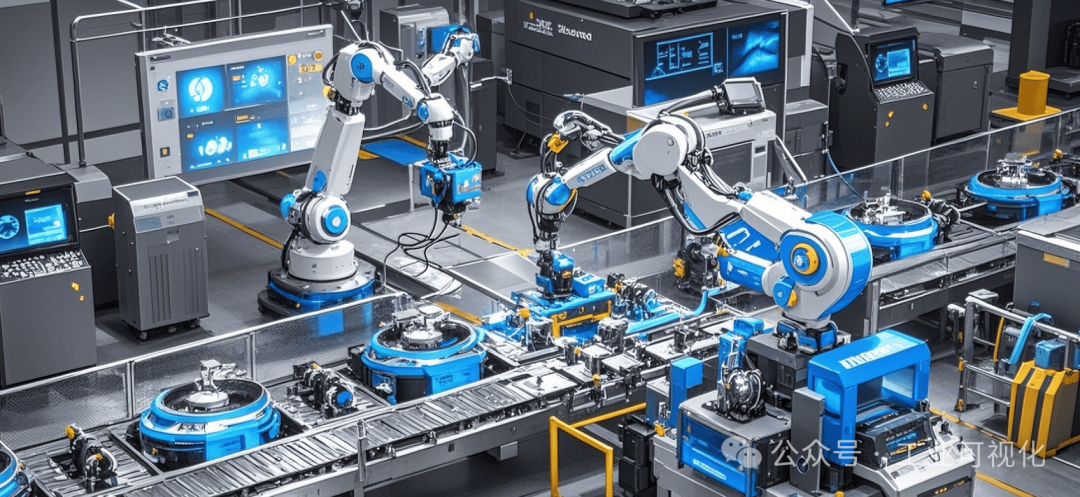As a classic communication protocol in industrial automation, Modbus has been widely used globally since its inception in 1979. From the initial serial communication to today’s high-speed Ethernet links, Modbus has undergone technological evolution and expansion, marking a milestone in the field of industrial communication.
The Origin of the Protocol: The Beginning of Serial Communication

The Modbus protocol was released in 1979 by the predecessor of Schneider Electric, Modicon. It was designed to address the communication difficulties between industrial control devices at that time. Industrial field devices primarily communicated via RS-232 and RS-485 serial ports, and Modbus was born on this hardware foundation.
The advantages of serial communication lie in its simplicity and low cost. However, its data transmission speed is limited, with a maximum rate typically only 115.2 Kbps, and it is susceptible to noise over longer communication distances. The original RTU (Remote Terminal Unit) mode of Modbus is known for its extremely simple frame structure: it uses function codes, address codes, and checksum codes, allowing devices to quickly parse and communicate point-to-point, greatly facilitating industrial control. In the 1980s and 1990s, this serial bus-based protocol was widely applied in the communication between PLCs and HMIs.
Technological Evolution: The Rise of TCP/IP Protocol and Ethernet

With the rapid development of computer communication technology, serial communication gradually revealed its bottlenecks: low bandwidth, limited device numbers, and complex networking. Against this backdrop, the Modbus-TCP protocol emerged, transplanting the traditional Modbus protocol onto TCP/IP networks, achieving high-speed and highly reliable data transmission.
The popularity of Ethernet has undoubtedly brought revolutionary changes to industrial communication. After 2000, Ethernet-based Modbus-TCP became the mainstream protocol. Through Ethernet, communication rates reached gigabit levels, allowing devices to support larger data loads and longer transmission distances. At this point, Modbus became an important player in factory automation, energy monitoring, building control, and other fields.
The advantages of Modbus-TCP include:
- Openness: Based on the TCP/IP protocol, it supports cross-platform communication.
- Flexibility: Expanding from point-to-point communication to a client-server model, supporting parallel communication among multiple devices.
- Compatibility: Retaining the core frame format of Modbus, seamlessly interfacing with traditional devices.
A classic case is the use of the Modbus-TCP protocol in energy monitoring systems to connect smart meters with monitoring devices, achieving near real-time energy consumption data collection and analysis. This design not only improves data transmission efficiency but also significantly simplifies the networking process.
Current Challenges and Future Trends

Despite Modbus’s strong adaptability and wide application base, it faces new challenges with the rapid development of the Industrial Internet of Things (IIoT). For example:
- Security Issues: The traditional Modbus protocol lacks built-in encryption features, making it vulnerable to man-in-the-middle attacks over Ethernet.
- Real-time Requirements: As the demand for real-time performance in industrial control increases, Modbus is gradually struggling to compete with real-time Ethernet protocols such as PROFINET or EtherCAT.
- Increased Data Volume and Complexity: The proliferation of IIoT requires more efficient protocols to handle complex data from various sensors.
In response to these issues, improved solutions have emerged in the market, such as Modbus-Security, which enhances security through TLS encryption, while standard organizations are promoting the integration of Modbus with the Industry 4.0 ecosystem. These efforts indicate that Modbus will continue to thrive in the future.
From point-to-point communication based on serial ports in 1979 to the TCP/IP protocol covering Ethernet, Modbus’s enduring journey in industrial communication is attributed to its simplicity, stability, and gradually evolving openness. Entering the era of the Industrial Internet of Things, despite facing competition and challenges, Modbus is actively integrating into the new industrial ecosystem through innovative iterations. As a communication technology that has remained active for over forty years, it has undoubtedly become a “bridge” in the field of industrial automation.
Recent Hot Articles:
| WebSocket Development for Upper Computers is Amazing!!!Next-Generation AIoT Configuration!!! AmazingValuable Content!!! Finally, Someone Clarified the IEC104 Protocol485 Communication is Lame? You Must Be Doing It Wrong!Learn Modbus This Way!!! How Could You Not Master It |